Sundews have lots of sticky 'tentacles' that they use to catch tiny insects, which they digest and absorb nutrients from. Pretty cool!
Being part of a lab group and working with some really great, friendly people is one of the best parts of being a scientist. You get to hear about all the interesting things other people in your lab are doing, have people you can ask for help, and even make some new friends.
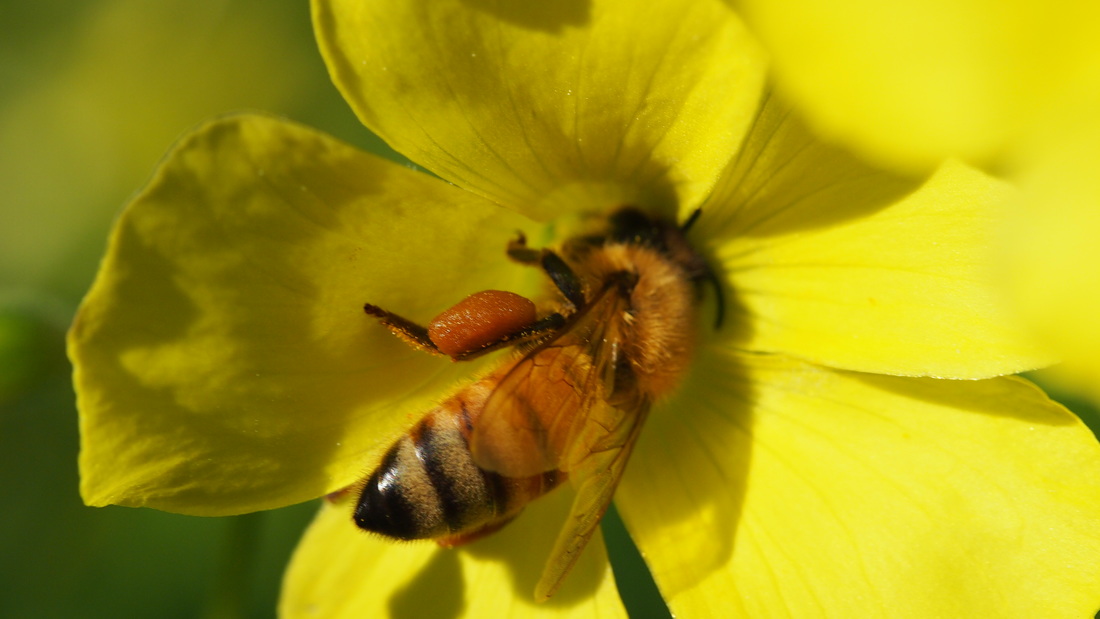
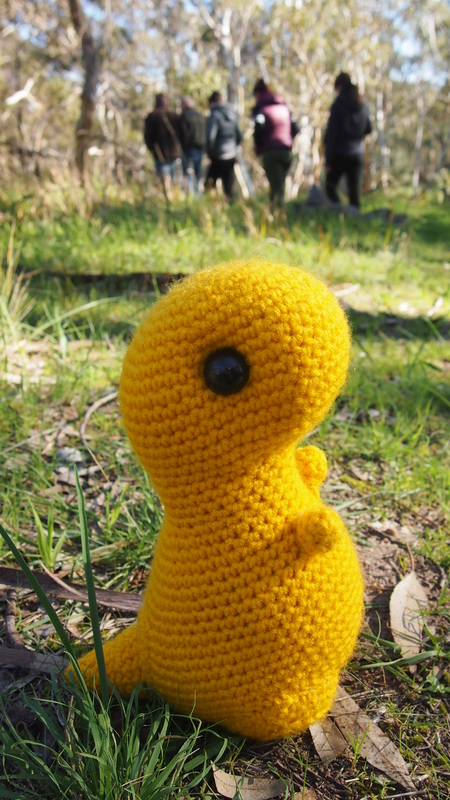
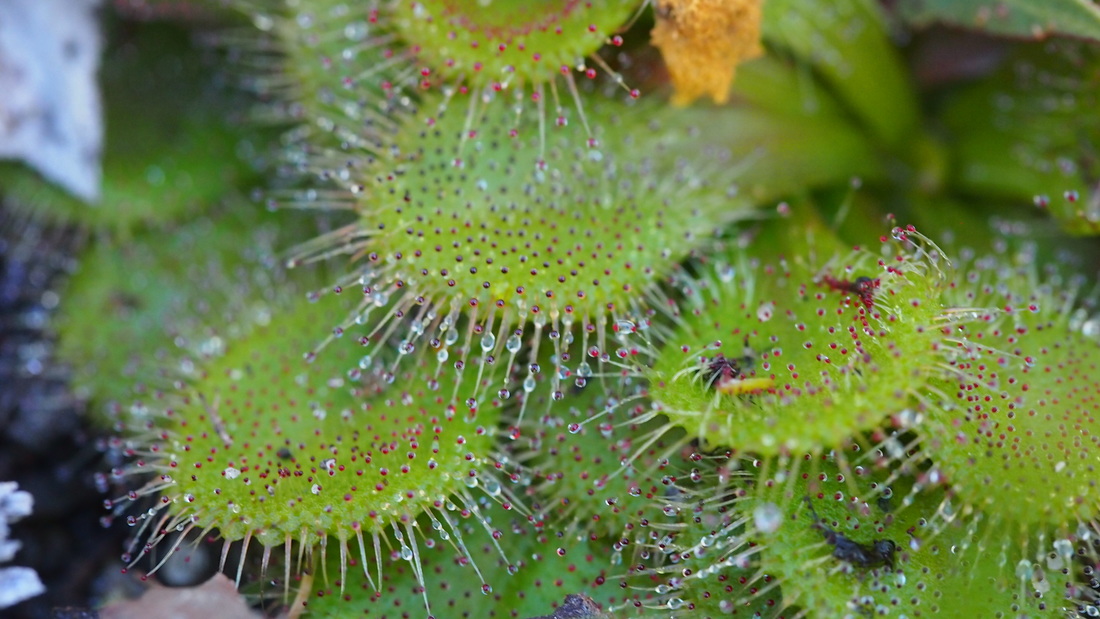
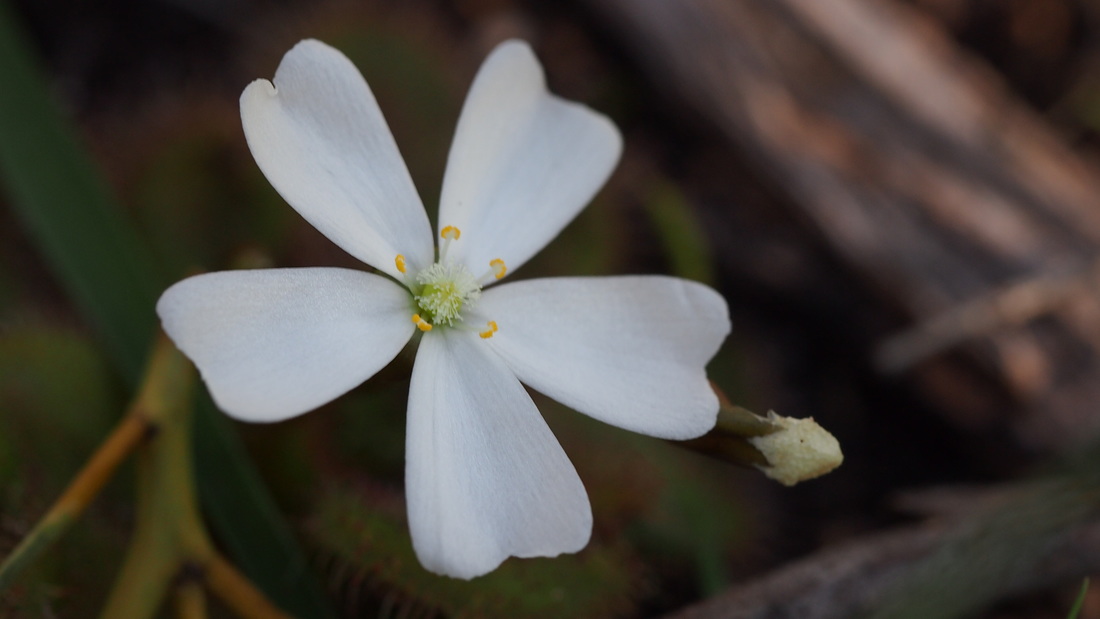
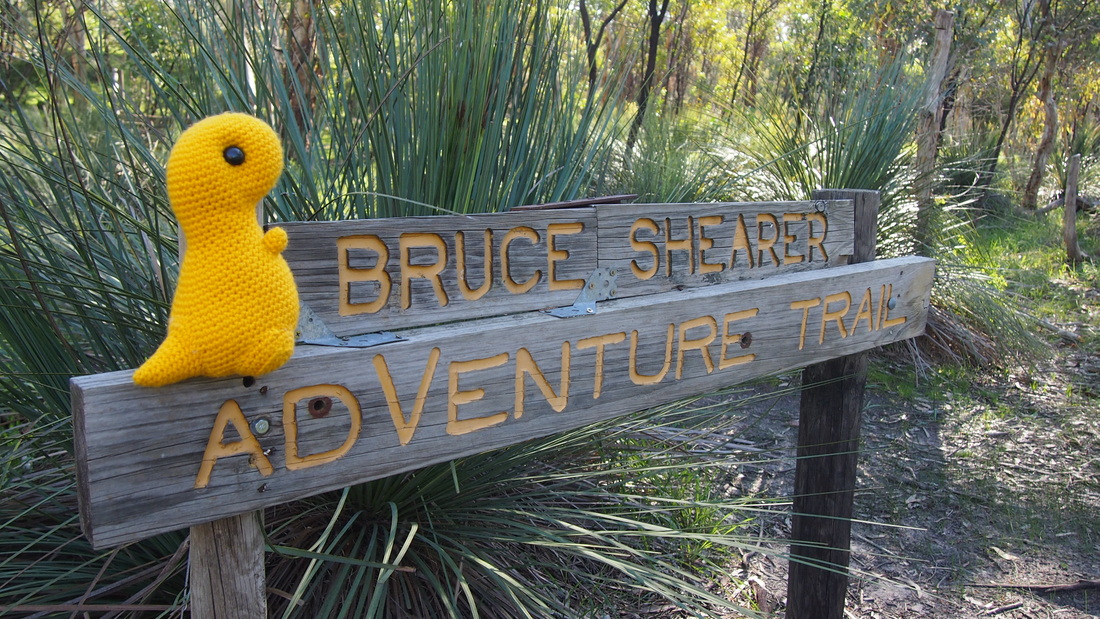
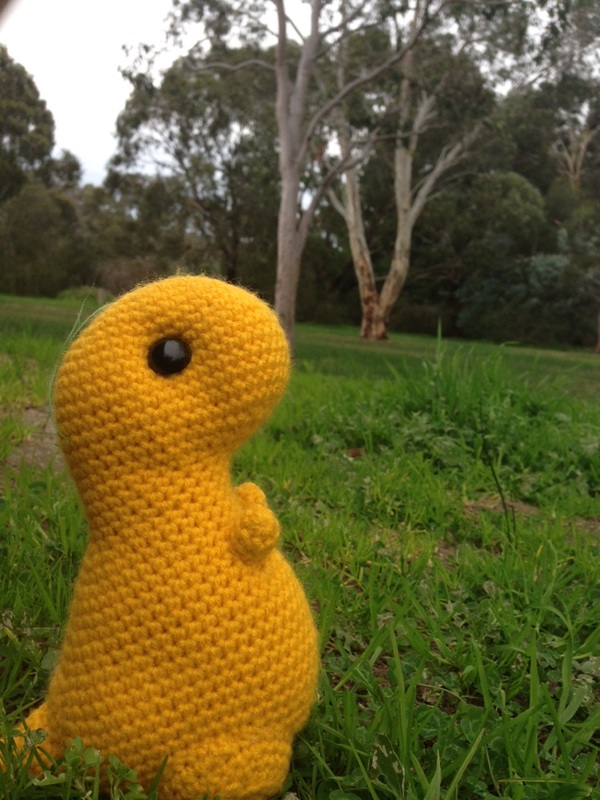
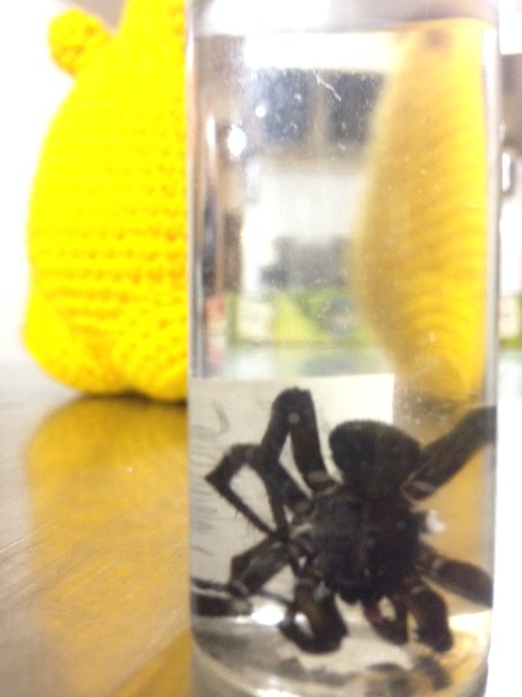
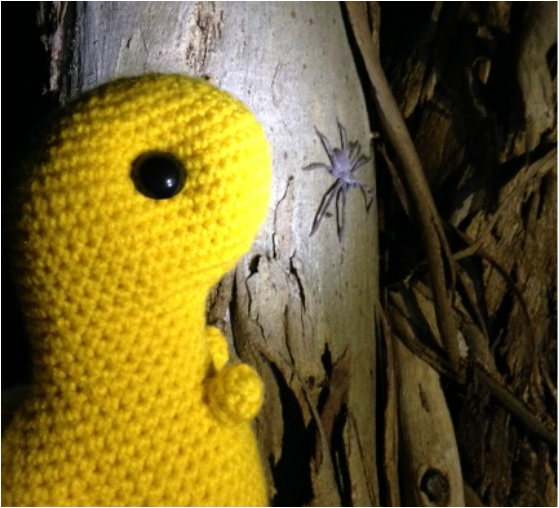
 RSS Feed
RSS Feed
